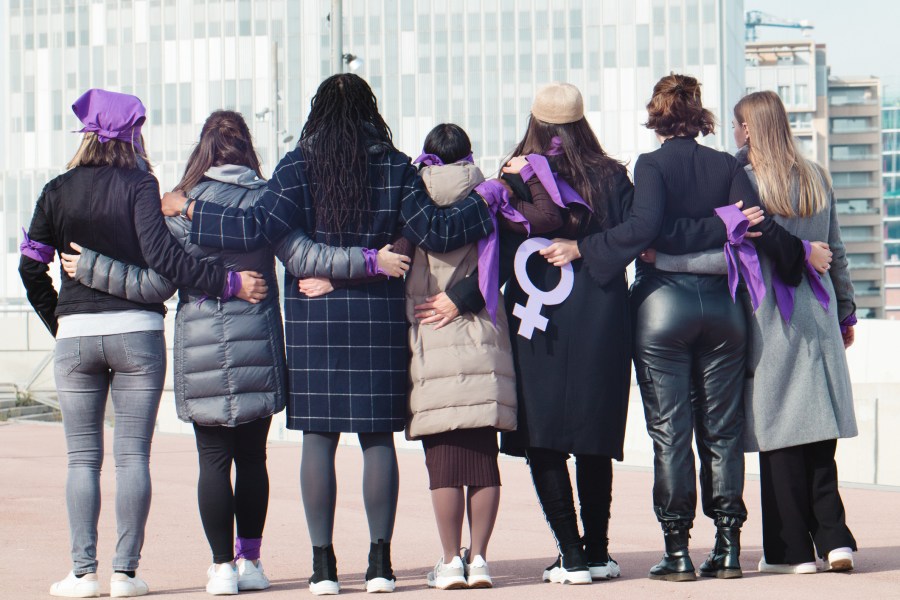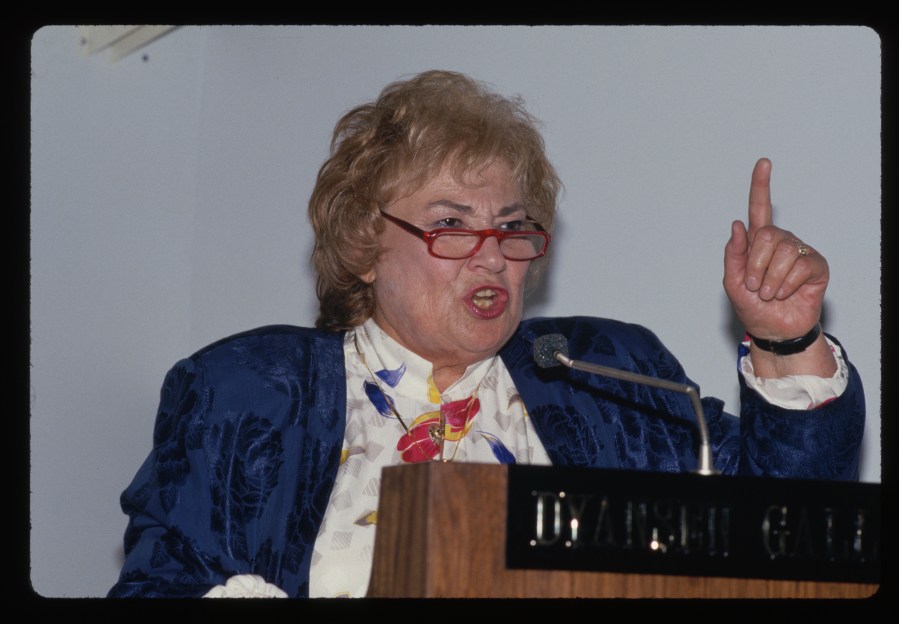The History and Impact of Women’s Equality Day

The fight for women’s rights has taken many forms throughout history and takes many forms today. In the US today, the fight for abortion access is a key piece of the fight for women’s rights. At the same time, women of color are still fighting against forced and coerced sterilization. While many fight against the sexualization of women in the workplace, a simultaneous fight for sex worker’s rights is being fought. Concepts like solidarity and intersectionality can help us to connect these different struggles together under the umbrellas of feminism and women’s liberation. Through these frameworks we can understand that different women are involved in different struggles, that all contribute to our collective freedom.
There are many national and global acknowledgements of women and the struggles they face. Women’s Equality Day is an effort unique to the United States, one that recognizes the progress that has been made towards a more equitable state and the work that is left to do.
What Is Women’s Equality Day?

Women’s Equality Day is an annual recognition of the political and social fight women from all walks of life launched to secure voting rights for women in the United States. In addition to recognizing the so-called suffragette movement, this day of celebration and reflection has evolved to recognize the ongoing fight for women’s rights in the United States.
Women’s Equality Day happens on August 26th each year. Back in 1920, on this same date, the U.S. Secretary of State signed a proclamation that made the 19th Amendment to the Constitution law. The 19th Amendment gives women the legal right to vote.
Although women earned the right to vote over 100 years ago, there are still many basic areas of life where women do not have equal rights. Around the country, women’s rights organizations often organize awareness campaigns and efforts to bring greater equality to all women on this day. Marches, campaigns to call or write local representatives, and mentorship opportunities for women are some of the ways that people celebrate.
Who Started Women’s Equality Day?

Women’s Equality Day was brought to Congress by New York State Representative Bella Abzug in 1971. Bella Abzug was the daughter of immigrants and a feminist trailblazer in her own right. Before launching a career in politics, she fought adversity to earn multiple college degrees and become a respected businesswoman at a time when women were expected to be housewives. She was known for a no-nonsense brand of making changes in Congress. One of her fellow Representatives, Geraldine Ferraro, said that instead of knocking on doors that were once closed to women, “she took the hinges off of it.“
Abzug was quite a fitting person to bring a Women’s Equality Day bill before Congress because she fought for equality in her legal and political career. As a lawyer, she took on legally disadvantaged clients, such as African Americans and those accused of unfavorable political affiliations. She also started a bill to expand the protections of the Civil Rights Act to the LGBTQ+ community.
Along with Congresswoman Shirley Chisolm, a powerhouse in her own right, Abzug introduced a bill to make daycare more affordable. She championed the cause that more women could join the workforce, earning themselves more financial autonomy, if they had access to affordable, reliable childcare.
Which Rights Have Women Secured Today?

In America, women have campaigned for and earned several important rights. The modern American woman enjoys a greater sense of equality than her counterparts from centuries past. Outside of recognized legal victories, modern women continue to break barriers by reaching new levels of excellence in many fields.
Over 70 years after the historical women’s rights convention that took place in Seneca Falls, New York, the efforts of countless suffragists led to a constitutional amendment that gave women the right to vote. Women also have the right to hold office, and there have been several female contenders for the role of President of the United States. Women in America have the right to drive, own property, attain both primary and higher education, run their own businesses, and obtain a divorce. These basic rights are not universal for women in many parts of the world.
At the federal level, the Equal Rights Amendment protects women against discrimination based on gender. The Fair Housing Act protects women from gender discrimination and discrimination based on marital status or family type in the process of financing, purchasing, or renting a home. The Equal Pay Act gives women the right to receive equal wages when they fill the same roles as male coworkers. The Civil Rights Act outlaws gender discrimination.
The Struggle Continues Today

While there are wins that deserve to be celebrated, women are far from declaring “equal” status to men. For example, women are more accepted than ever in the workplace, but gender pay inequality and unacceptable levels of workplace harassment persist. On paper, it is illegal for a job to discriminate against an employee for being pregnant. In practice, many pregnant women lose their jobs if they go on maternity leave. Others come back from maternity leave to a new position. Some workplaces take it a step further and discriminate against all women of childbearing age to avoid the perceived hassle of dealing with employees who can become pregnant. Once a mother has her child, there are also many issues of workplaces having policies that either prevent or discourage mothers from taking breaks to pump breastmilk.
Universities are one crucial area of the professional world where women used to be barred. Now, women can attend universities, often at much higher rates than men. However, but many universities have failed to address rape culture, which makes the college experience a very dangerous one for young women. One small fight against inequality is the effort to get Women’s Equality Day recognized as a federal holiday. But were it to become one, we have to wonder, to what end? What material changes for women have come about because of this day, and what changes would come about if it were to become federally recognized?
Perhaps the best thing we can all do this Women’s Equality Day is to take stock of who is currently fighting for women’s rights in our area, and ask how we can support. Maybe one day Women’s Equality Day will be a celebration of status, rather than progress.





